The Parathyroid Glands
The parathyroid glands are four pea-sized glands that sit on the back of the thyroid. They work with the kidneys and intestines to help control the calcium levels in our bodies. They do this by making a hormone, called parathyroid hormone (PTH). PTH acts on the bones, intestines, and kidneys to keep the calcium levels in the normal range.
Parathyroid Disease
Hyperparathyroidism
In some people, one or more of the parathyroid glands becomes hyperactive by producing too much PTH. This condition is known as primary hyperparathyroidism. Primary hyperparathyroidism causes patients’ calcium levels to be too high. If not treated primary hyperparathyroidism can lead to kidney damage and stones and weak bones (osteoporosis).
Some patients with primary hyperparathyroidism do not have any clearly related symptoms. However, many people do have symptoms related to their disease. These can vary greatly, and may include:
- Bone pain
- Kidney stones
- Broken bones from bone weakening
- Chronic fatigue
- Stomach problems
- Lack of concentration
- Depression
- Memory Problems
In most patients, treatment for primary hyperparathyroidism is parathyroid surgery. Fortunately, parathyroidectomy is generally very successful, safe, and easy to recover from.
Patients whose kidneys have failed and are on dialysis can also have trouble maintaining normal calcium levels in their bodies. In some cases, this leads the parathyroid glands becoming overactive, resulting in extremely elevated PTH levels. While, this type of hyperparathyroidism often can be controlled with medication some patients may need parathyroid surgery to lower the level of PTH. In patients with hyperparathyroidism due to renal failure (a type of secondary hyperparathyroidism) all parathyroid glands are typically overactive.
Tertiary hyperparathyroidism is a rare problem that can occur in patients after a kidney transplant. In some cases following a kidney transplant, the parathyroid glands continue to be hyperactive, and surgery may be needed to remove one or more of these glands.
Parathyroid Surgery
Parathyroid surgery (or parathyroidectomy) is the main treatment for patients with primary hyperparathyroidism. This helps improve their symptoms and prevents long-term complications of parathyroid disease.
Parathyroidectomy is appropriate in certain patients, with:
- Primary hyperparathyroidism
- Secondary hyperparathyroidism (due to renal failure)
- Tertiary hyperparathyroidism
During traditional parathyroidectomy all four of the parathyroid glands are dissected and examined. The glands that appear and feel abnormal are then removed. The goal with this surgery is to lower the PTH level and return the calcium to its normal level. Parathyroidectomy is generally a safe and effective procedure to treat many forms of hyperparathyroidism.
In minimally invasive parathyroidectomy or focused parathyroidectomy, overactive parathyroid glands are removed in a directed way, leaving the normal parathyroid glands unharmed. Most people have 4 parathyroid glands which help control the calcium levels in our bodies. In most patients with primary hyperparathyroidism, one of the four glands is the cause of the problem. If before surgery the gland causing the high calcium can be identified, surgery can be focused at removal of only that overactive parathyroid gland (adenoma).
Before minimally invasive parathyroid surgery, different radiology tests such as ultrasound and parathyroid scans (sestamibi) are used to identify the likely problem gland. After the suspected, overactive gland is removed, while the patient is still in surgery, blood tests are done to prove that the patient is cured. Minimally invasive parathyroidectomy offers a reliable and less invasive approach for treating most patients with hyperparathyroidism.
Re-operative parathyroid surgery, for patients who already have had parathyroidectomy, is a particular challenging surgery. In these patients their hyperparathyroidism returns or their first surgery was not successful in curing their disease.
Due to the previous surgery, re-operative parathyroidectomy can be extremely difficult surgery. Risks of possible complications are higher in this type of surgery. Because of this, re-operative parathyroidectomy is best performed by surgeons with specialized training.
Before having re-operative parathyroid surgery, it is very important to have radiology tests to try to localize where in the body is the problem parathyroid gland. Using this information, the re-operative surgery can be done in a focused way.
